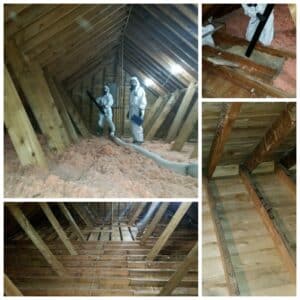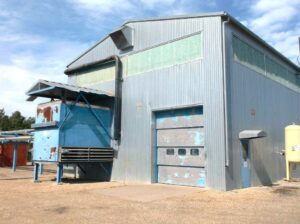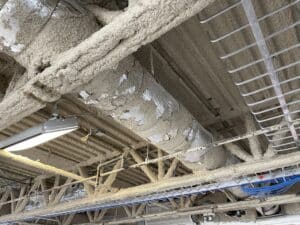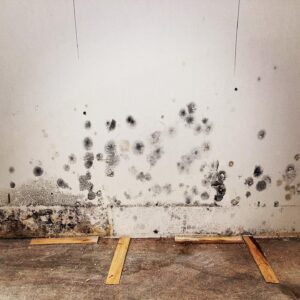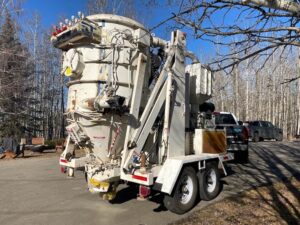Blog submitted by Eco Abate Inc. in Calgary
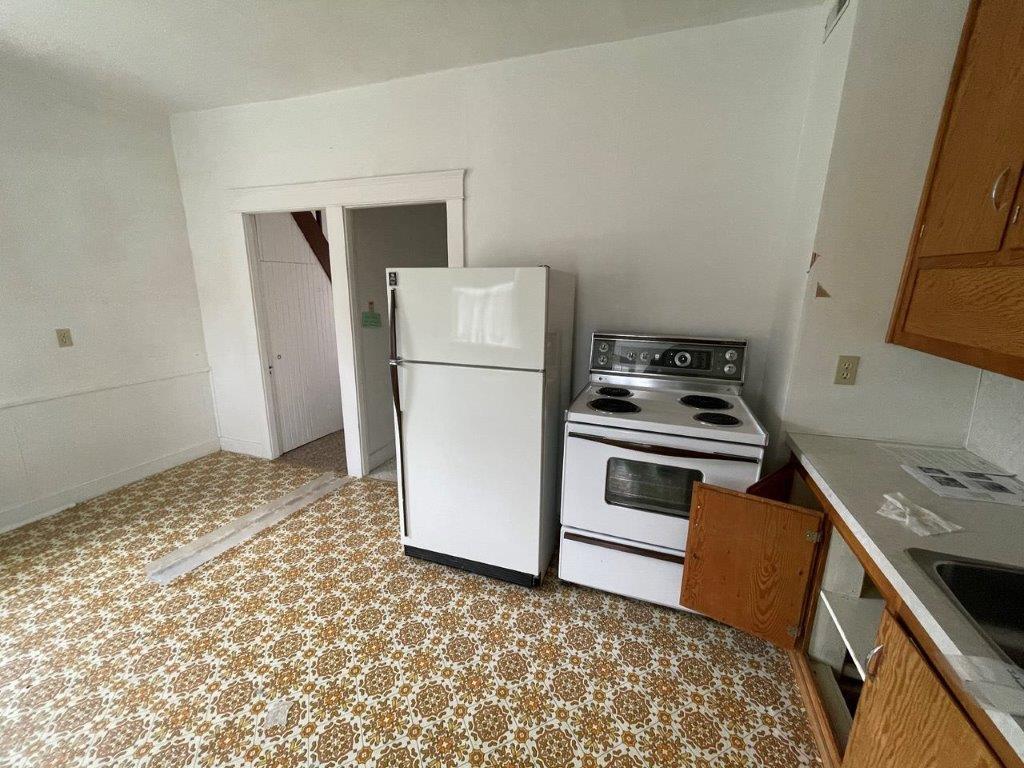
When starting renovations, identifying all materials that may be asbestos-containing is essential to uphold the safety of occupants and workers. Many are informed that insulation contains asbestos but are unaware of the many other materials that do too. This includes drywall joint compound, sheet flooring, and ceiling texture.
If you suspect you have asbestos-containing material in your home, call Eco Abate for professional asbestos testing in Calgary.
Table of Contents
ToggleDrywall Joint Compound
When cutting or demolishing any drywall, you will likely come across a drywall joint compound. A joint compound is used to cover screws on a drywall board and is also found in seams, corners, and ceilings.
Joint compound, or drywall mud, is present in over 50% of residences, making it one of the most common asbestos-containing materials used in home building and many contractors are unaware of the hazard. Non-asbestos-containing joint compound is still used in homes today, making testing for this material very difficult. It’s very common to find walls with both non-asbestos and asbestos-containing joint compounds which is why a professional testing consultant must take a minimum of 3 to 7 samples.
Drywall joint compound can contain anywhere between 1% to 3% chrysotile asbestos and although this may appear low, any disturbance of this material will create hazardous airborne fibers.
Sheet Flooring
Flooring comes in various forms, and many have the potential to release asbestos fibers into the air. Sheet and vinyl flooring with a paper backing is the most hazardous containing 15% to 60% asbestos. Breaking of the paper layer releases these fibers into the air quickly making it a significant risk for workers. Because of this, the removal of sheet or vinyl flooring is a high-risk activity. Flooring can be especially tricky when it’s been covered with additional layers of other materials. It’s essential to look for a second or even third layer of flooring within the renovation scope.
Ceiling Texture
Ceiling texture which is commonly referred to as popcorn ceiling or stipple, typically contains an asbestos component. Textured ceilings can be anywhere from 1% to 5% asbestos and removal can be especially dangerous. Scraping of ceiling texture creates an abundance of airborne fibers that fall into the worker’s breathing space making it a high-risk activity. Analysis of ceiling texture and asbestos testing in Calgary can be performed quickly and at minimal cost to homeowners and contractors.
Conclusion
Before beginning a renovation, it’s crucial to have testing done by a professional environmental consulting company. It can be challenging to navigate conflicting opinions from inspectors, realtors, or contractors so it’s best to always talk to a company that specializes in asbestos analysis.
Do you have inquiries about asbestos within your home? Call Eco Abate at 403-998-5079 to get answers!

